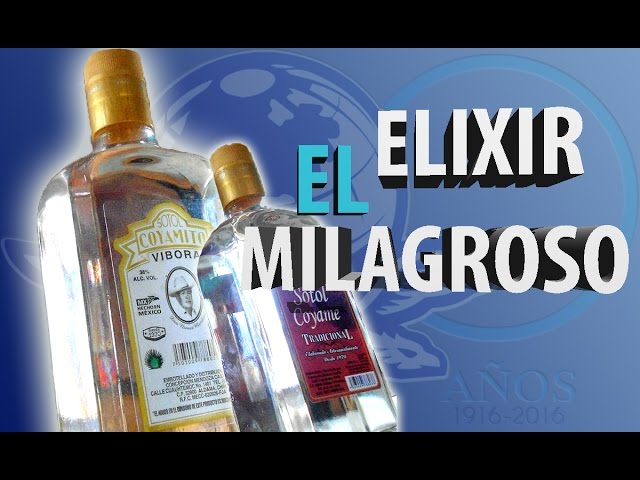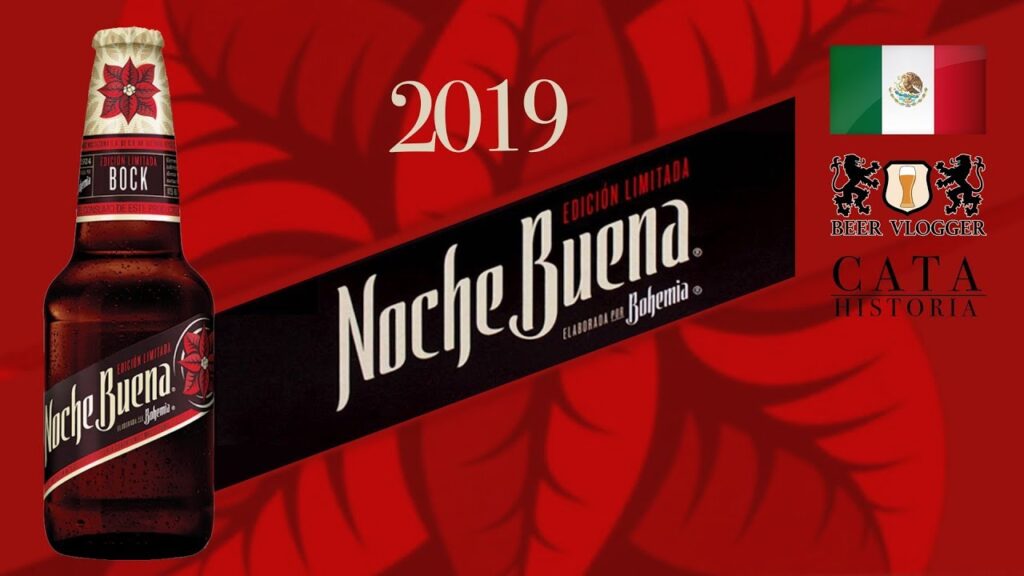Discovering Sotol: The Ancient Mexican Spirit with an 800-Year History
Sotol, a distilled spirit deeply rooted in the cultural heritage of Mexico, boasts a rich history that spans over centuries. Initially crafted by the indigenous peoples of what is now northern Mexico, sotol has been enjoyed and celebrated as a traditional beverage long before the arrival of European settlers. While tequila and mezcal have gained international acclaim, sotol remains a well-kept secret, cherished for its unique flavors and artisanal production methods.
Derived from the Dasylirion plant, commonly referred to as the desert spoon, sotol is the result of harvesting and fermenting the heart of this resilient succulent. Each variety of sotol is intimately tied to the specific region and ecosystem where the Dasylirion grows, offering a spectrum of flavors that range from herbal and grassy to sweet and fruity. This terroir-driven spirit truly encapsulates the essence of the landscapes it hails from, providing a sip of the diverse Mexican topography.
The traditional process of making sotol is a labor of love. It begins with the skilled harvesters, known as sotoleros, who carefully select and extract the hearts of the Dasylirion plant after it has matured for 15 years or more. These cores, or piñas, are then slowly cooked in earthen pits, a method that imparts a subtle smokiness to the final product. The cooked piñas are crushed, fermented, and distilled, often using equipment and techniques passed down through generations.
In recent years, a renaissance of sotol has blossomed, driven by a growing interest in artisanal and craft spirits. Small distilleries and passionate producers have played a crucial role in reviving traditional methods and introducing sotol to new audiences, both within Mexico and beyond its borders. This resurgence not only respects the time-honored ways but also encourages innovation, with modern sotol makers experimenting with aging processes and novel flavor infusions.
As sotol begins to make its mark on the global stage, it carries with it stories of the Mexican soil, the people who have cherished it for generations, and the ancient traditions that continue to thrive today. For adventurers and connoisseurs alike, seeking out this authentic, yet underappreciated spirit offers an opportunity to taste a piece of Mexico’s rich cultural tapestry and its 800-year-old legacy.
Experience the Warmth of Mexico: Sotol’s Role in Traditional Cold Weather Remedies
As the winter chill descends upon the sweeping landscapes of Mexico, the local communities turn to time-honored traditions to keep the cold at bay. Among these practices is the use of sotol, a distilled spirit deeply rooted in the cultural fabric of the country. This potent beverage, made from the sotol plant (Dasylirion wheeleri), has been warming the souls of Mexicans for centuries.
Sotol plays a pivotal role in traditional cold weather remedies, not just for its heat-inducing properties when consumed, but also as a base for medicinal concoctions. The spirit is believed to have therapeutic benefits, with locals often infusing it with herbs and spices to create elixirs that address common ailments brought on by colder temperatures. These sotol-based remedies are a testament to the resourcefulness of Mexican culture in harnessing natural resources for health and well-being.
Apart from its medicinal applications, sotol serves as a social catalyst that brings communities together during the colder months. Gatherings around a crackling fire, sharing stories and laughter, often feature sotol as the centerpiece, its smooth, smoky flavor echoing the communal bonds. It’s not unusual for a bottle of sotol to be passed around, with each person taking a sip, sharing warmth in both a literal and figurative sense.
The distillation process of sotol is as rich and complex as its role in cold weather traditions. Handcrafted by skilled artisans, sotol distillery is an art that has been passed down through generations. The heart of the sotol plant is cooked in earthen pits, fermented, and then distilled, a process that has been refined over the years to produce a spirit that is both robust and refined. This meticulous craft ensures that sotol continues to be a vital part of Mexico’s heritage, bringing warmth and comfort to those who seek it during the long winter months.
Sotol Alcohol: An Enduring Legacy from Mexico’s Ancestral Beverages
Tracing its roots back to the indigenous traditions of northern Mexico, sotol is a distilled spirit that captures the essence of the arid landscapes from which it originates. Unlike its cousins tequila and mezcal, which are made from various types of agave, sotol is produced from the Desert Spoon plant, also known as Dasylirion wheeleri. This wild plant grows in the Chihuahuan Desert, and the crafting of sotol celebrates the rich biodiversity of this unique region.
The production of sotol is a labor of love that has been passed down through generations, with each step of the process meticulously managed to ensure the highest quality of the final product. Harvesting the sotol plant requires a deep understanding of the land, as only mature plants, which can take around 15 years to reach their peak, are chosen for distillation. The harvested plants are then cooked, fermented, and distilled, with some variations in the process depending on the specific traditions of the sotol maker.
Sotol’s flavor profile is distinctive and complex, offering a different experience with each sip. While tequila is known for its sharp, sweet notes and mezcal for its smoky depth, sotol stands out with its herbal, fruity, and sometimes floral undertones. These nuanced flavors reflect the terroir of the Mexican desert, offering a taste that is as wild and untamed as the landscape itself.
Over the years, sotol remained relatively unknown outside of its local fan base, overshadowed by the global popularity of tequila and mezcal. However, the modern craft spirits movement has cast a spotlight on sotol, garnering it international attention and a growing number of aficionados. This newfound popularity is bringing a renewed respect for the tradition of sotol production and the cultures that have sustained it for centuries.
For adventurers and travelers alike, the quest to discover sotol may involve a pilgrimage to remote distilleries where the spirit is still produced in small batches, much like it was hundreds of years ago. These distilleries, often family-operated, open their doors to visitors, offering a glimpse into the time-honored traditions behind sotol. Witnessing the sotol-making process firsthand is an immersive way to connect with Mexico’s cultural heritage and its ancestral beverages.
From the Heart of the Desert: Understanding the Unique Qualities of Sotol
When travelers embark on a voyage through Mexico, they discover a multitude of sensorial experiences eagerly waiting to greet them. One such encounter, rich with cultural tradition and flavor, is the fascinating spirit known as Sotol. Derived from the indigenous Dasylirion plant, Sotol has its roots firmly planted in the arid regions of Northern Mexico. Long regarded as the drink of the Chihuahuan desert, it encapsulates the spirit of the terrain in which it is cultivated.
Unlike its more famous siblings, tequila, and mezcal, Sotol is made from a wild-harvested agavacea, not to be confused with agave. Each variety of Dasylirion yields a Sotol with a unique profile, mapping a taste that is intimately connected to the landscape where it’s grown—or ‘terroir,’ a term often reserved for fine wines. The plant’s hardiness in the face of scarce desert water supplies yields a drink that is earthy, herbaceous, and infused with the raw minerality of its home soil.
Understanding Sotol also requires an appreciation for the delicate craft involved in its production. Harvesters, known as “Sotoleros,” embark on a laborious journey to search for the ripest Dasylirion plants, which can take over 15 years to mature. After harvesting, the hearts of the plants are cooked in ground pits using wood and volcanic rocks, resulting in a smoky flavor reminiscent of the bonfires that light up the desert nights.
The distillation process further enhances the complexity of Sotol. Traditionally, copper stills are used— a method that dates back centuries and is revered for its ability to provide a clean and aromatic finish. The Sotoleros monitor the distillation with precision and care, guiding it through numerous phases to ensure that the final product embodies the true essence of the desert from which it was born.
For adventurous palates, researching the multifaceted world of Sotol offers an appreciation not just for the drink itself, but for the eco-cultural narrative it contains. Each sip tells a story of persistence, adaptation, and survival, symbolizing the life cycle of the regions where these remarkable plants and the communities that craft them have thrived for generations. Sotol isn’t just a spirit; it’s a tribute to the heart of the Mexican desert, and a taste of its profound, untamed beauty.
Sotol: Mexico’s Time-Honored Elixir for Braving the Chill
When the temperatures drop in the rugged terrains of the Mexican north, locals turn to a traditional remedy to warm their spirits – the distinctive beverage known as Sotol. Distilled from the Dasylirion plant, sometimes referred to as the “Desert Spoon,” this spirit has a history spanning centuries, deeply rooted in the cultural fabric of states such as Chihuahua, Durango, and Coahuila.
Distinguished by its smooth, herbaceous flavor, Sotol has garnered a reputation for its versatile nature, as it can be enjoyed neat, as a warming shot on a chilly evening, or featured in sophisticated cocktails. Unlike its more renowned cousins tequila and mezcal, Sotol derives from a different desert plant, which imparts a unique taste profile that connoisseurs describe as an earthy symphony of grassy notes with a subtle hint of smoke.
Artisanal producers of Sotol take pride in their time-honored craft. The production of Sotol is meticulous, beginning with the harvest of mature Dasylirion plants, which can take upwards of 15 years to reach the perfect age for distillation. This labor-intensive process honors the land and the traditions passed down through generations, ensuring the spirit’s authenticity and connection to its terroir.
For the adventurous traveler, exploring the world of Sotol presents an opportunity to delve into the lesser-known narratives of Mexican spirits. Participating in a Sotol tasting session can reveal the drink’s complexity, where one can discern the nuances between different producers or the impact of aging in various barrels. It’s a quest to uncover the subtleties that make each batch of Sotol as individual as the hands that crafted it.
As Sotol begins to gain international recognition, there’s a burgeoning curiosity to experience its distinctive warmth. Whether sipped beside a crackling fire in the high desert plains or enjoyed in a bustling city venue, Sotol invites you to savor a piece of Mexico’s rich, spirited heritage. Its embrace is one of a kind, wrapping those who partake in its storied past and spirited present.
Sotol’s Journey Through Time: Embracing the Cold with a Centuries-Old Mexican Tradition
In the vast and varied terrains of Mexico, particularly in the northern states of Chihuahua, Durango, and Coahuila, a traditional spirit known as Sotol has been distilled for centuries. This unique beverage is tightly interwoven with the history and culture of the indigenous peoples of these regions. Sotol is made from the Desert Spoon plant, or Sotol in Spanish, a relative to the agave that scatters the landscape. Its name, just like its flavor profile, is deeply rooted in the earth of the Mexican desert.
Unlike its cousins tequila and mezcal, which hail from the agave plant, Sotol takes on a distinct identity. Harvested after maturing for 15 years, the Desert Spoon plant undergoes a transformation that honors ancient techniques. Traditionally, the hearts of the plants, called piñas, are cooked in pit ovens over wood embers, acquiring a subtly smoky flavor. Master Sotoleros, guardians of this time-honored craft, then distill the fermented juice in copper or stainless steel stills, giving life to a spirit that encapsulates the essence of the Mexican wilderness.
The indigenous Tarahumara, also referred to as the Rarámuri, have long embraced Sotol as part of their seasonal rituals, especially during the colder months. Its consumption is believed to provide not only warmth but also spiritual comfort. The process of creating Sotol, passed down through generations, is a ceremonial act of respect for the land. This spirit is more than just a beverage; it’s a form of cultural expression—a testament to resilience and an embodiment of the deep connection between the people and their environment.
In recent years, Sotol has gained popularity beyond the borders of Mexico, seducing connoisseurs and adventurous drinkers alike. As palates around the world develop an appreciation for artisanal spirits, the once regional Sotol finds itself at the heart of a global renaissance. Yet, even with its burgeoning international recognition, the spirit remains an artisanal product reflective of its terroir. Each bottle tells a story of the soil, the weather, and the people—elements that can’t be replicated elsewhere.
As modern enthusiasts indulge in the complex flavors of Sotol, from its herbaceous beginnings to its smooth, warm finish, they participate in a journey through time. By embracing Sotol, one embraces a cold evening warmed by hundreds of years of Mexican tradition. It’s in this quiet contemplation that the spirit’s true character is discovered—where each sip bridges the past and present and pays homage to a legacy that has survived the test of time.



